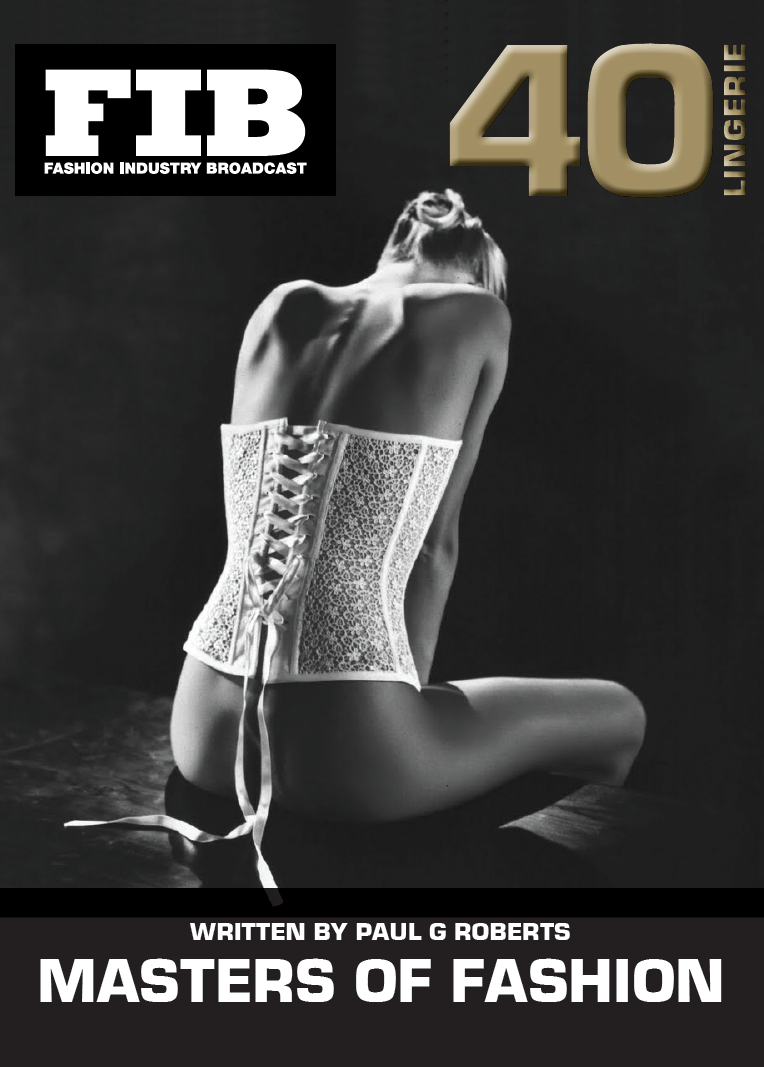It is a perilous and uncertain time for the big players in the fashion and retail industry as the merry-go-round of creative directors and chief executive officers keeps spinning. Fashion designers and executives seeking job security should look away now.
Following a year in which the fashion hirings and firings carousel was relentless and ruthless in its quest for change, 2017 has kicked off no differently. Only a month into the year and we have already seen major reshuffling at top fashion labels. Increased commercial pressure under a global downturn in the luxury retail sector, higher workloads and creative differences have combined to destabilise any sense of security. FIB takes a closer look at the challenges and changes facing the fashion industry movers and shakers.

2016 was a year that brought the underlying issues within fashion industry into stark light and kicked off this merry-go-round of hirings and firings. Numerous major labels hired new creative directors only to part with them before the end of the year. It was the year the Hedi Slimane exited stage left at Saint Laurent while Anthony Vaccarello entered stage right. Meanwhile, Raf Simons joined Calvin Klein and Peter Dundas parted from Cavalli after a mere nineteen months. Maria Grazia Churi, formerly of Valentino, became Dior’s first female creative director ever while Diane von Furstenberg handpicked her successor. Elsewhere, Peter Copping stepped down at Oscar de la Renta and Justin O’Shea lasted just six months at Brioni. It’s just a taste of the changes but it’s enough to make your head spin.
If 2016 kicked the carousel into high gear, it seems 2017 has not slowed it down at all. In the space of a week Daniella Vitale was named chief executive officer of Barneys New York, Chloé confirmed the exit of creative director Clare Waight Keller, Ralph Lauren announced that they will be parting ways with president and chief executive officer Stefan Larsson after disagreeing over turnaround strategies and more. In big news, Riccardo Tisci exited Givenchy after twelve years in the role of creative director and rumours that he will be joining Versace continue to swirl. The latest news in this busy week? Federic Cumenal, tasked with turning around the fortunes of struggling jeweller Tiffany & Co. is leaving his CEO position. As the big luxury brands struggle to stay relevant in a rapidly changing fashion and retail landscape the game of musical chairs with creative directors and executive officers continues with no sign of stopping.
Of course this merry-go-round won’t likely stop without the underlying issues with the retail sector being addressed. These non-stop hirings and firings are a band-aid response to global decline and a desperate attempt to inject some energy and change into a shrinking sector. Ralph Lauren’s breakup with president and CEO Stefan Larsson comes as the company posted disappointing results with revenue and shares continuing to fall. This is mirrored by almost all big European fashion houses as consumers wonder if these brands have a role in their lives.

As one of the biggest markets in the world, North America continues to falter, the reverberations are felt world wide. The American Department Store appears to be heading towards a crisis point as it continues to edge closer to a cliff. The Neiman Marcus Group has started off the year by withdrawing its initial public offering following closing the 2016 fiscal year almost $4.6 billion in debt and with a total loss of $470 million for the year. While Neiman Marcus’ plans for a public takeover were unravelling, US department store giant, Macy’s, saw continued sluggish sales and the seventh straight quarter of decline, forcing it to announce plans to close 68 stores and making more than 10,000 jobs redundant. Famed Fifth Avenue, the destination for so many consumers has been hit hard by the current political climate as its proximity to Trump Tower has seen protesters disrupt sales.

Internationally, FIB reports that in recent days two Australian fashion retailers Marcs and David Lawrence have been put into voluntary administration following ever decreasing sales and poor market conditions. All of this spells bad news for the fashion industry less than two whole months into 2017. If some of these big fashion brands don’t want to be the next on the list to go bust, they may want to read up on FIB’s guide to the luxury fashion retail industry 2.0. At any rate this merry-go-round doesn’t seem to be stopping any time soon so buckle up fashion industry players and watchers, this ride is going to be bumpy.







